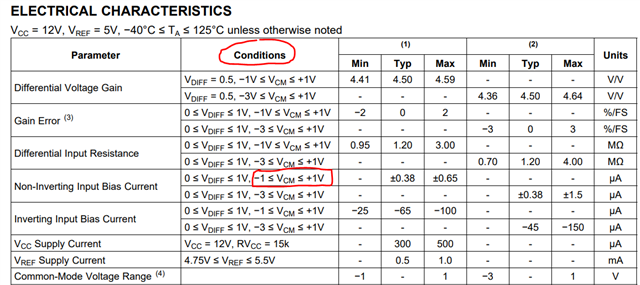We have observed issue in lambda IC LM9044 (PN :LM9044VX) . Details are mentioned in table below .
|
Issue |
|
At VIN+ open, Vout ~5V (instead of ~2V in OK IC sample) |
For the case of an open connection at the non-inverting input, the device would Show 2V due to The internal non-inverting input bias current 380 nA flowing through the differential input resistance(1.2M) but the IC output showing 4.8V.
I don't know why it is behaving like that .
We have measured the voltage and current between inverting and non-inverting terminal in open condition it is showing 1.16V ( calculated current is 1.16V/1.6M =725nA) which is more comparable to the normal Ic (0.45V) (380nA)..
Please support for above issue ...


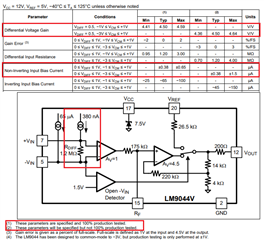
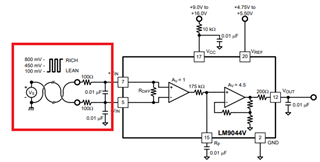
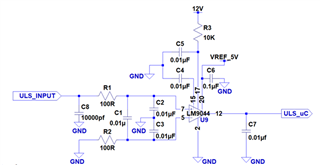

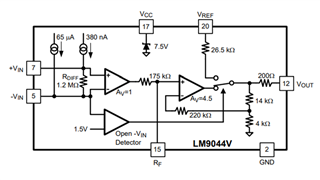

 == Its Showing pure Dc around 4.8Volt in input Floating Condition.
== Its Showing pure Dc around 4.8Volt in input Floating Condition.


